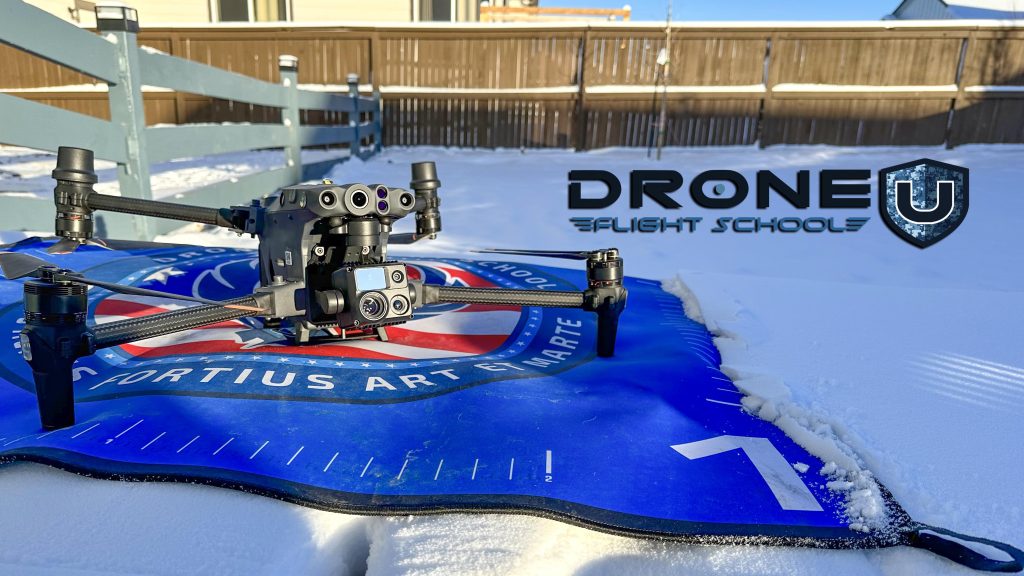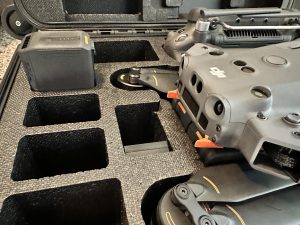
Flying a drone in cold weather can be challenging, but with the right precautions, it is possible to get some great footage even in freezing temperatures. Here are three tips to help you successfully fly your drone in cold weather and avoid a crash.
Flying a drone in cold weather requires caution and careful preparation to ensure a safe and successful flight. Cold temperatures can affect the performance of a drone’s battery and motors, leading to shorter flight times and potentially even mechanical failures.
In addition, cold weather can also impact a pilot’s ability to operate the drone safely, as numb fingers and reduced visibility can make it more difficult to control the aircraft. To ensure a safe flight in cold weather, it is important to follow all manufacturer recommendations and guidelines, such as keeping batteries and the drone itself warm before flight, and avoiding flying in conditions that are too cold or windy. By taking the time to properly prepare and exercise caution when flying in cold weather, pilots can help ensure a safe and successful flight.

Here are a few experienced based tips for drone pilots. From the basics to advanced tips:
- Expect your flight times to decrease no matter how cold it is. Typically drones can fly down to -10 degrees or more, but it depends entirely on the type of battery. Enteprise drones offer self heating batteries to keep warm prior and during flight. If batteries become too cold, they cannot deliver the required energy to sustain flight.
- Check the temperature and dewpoint spread: When the temperature and dewpoint spread is within 5 degrees, ice can build up on the propellers of your drone, causing it to lose lift and potentially crash. To avoid this, check the temperature and dewpoint spread before flying, and avoid flying if they are too close.
- Keep your battery and drone warm: Cold temperatures can affect the performance of your battery and drone, so it’s important to keep them warm whenever possible. Before flying, store your battery and drone in a warm place such as your vehicle, and consider using a battery heater to keep them at an optimal temperature. Here are three ways to keep your batteries warm prior to flight and during flight if you don’t have self heating batteries.
- Check battery voltage constantly in flight. If the battery voltage drops below 3.6 volts per cell, you’ll have about 1500-2000 linear feet to fly home weather it is cold or hot.
Learn more about cold weather flying tips with our class exclusive to Drone U Members.
Ensure successful cold weather flights with the whole flight crew, Make managing a drone program easy with PROPS Flight School Training Programs.







Add Your Comment